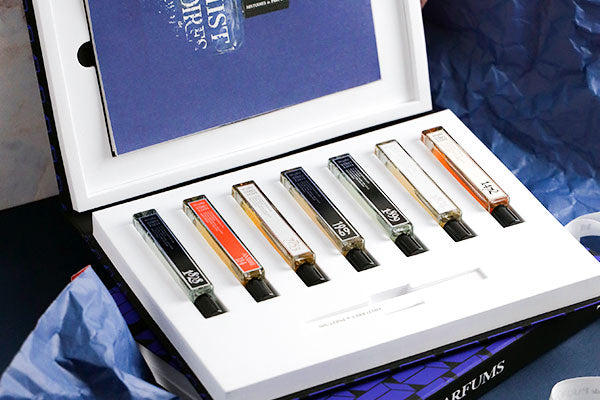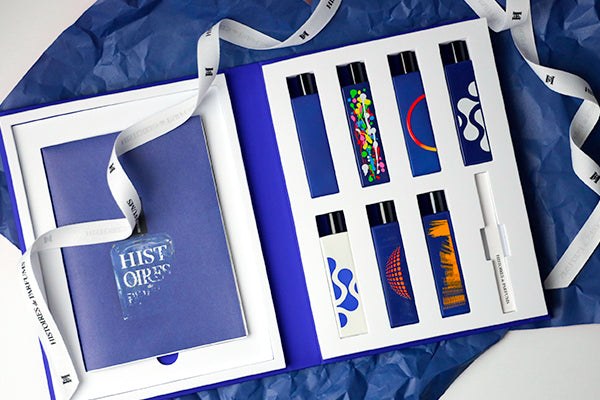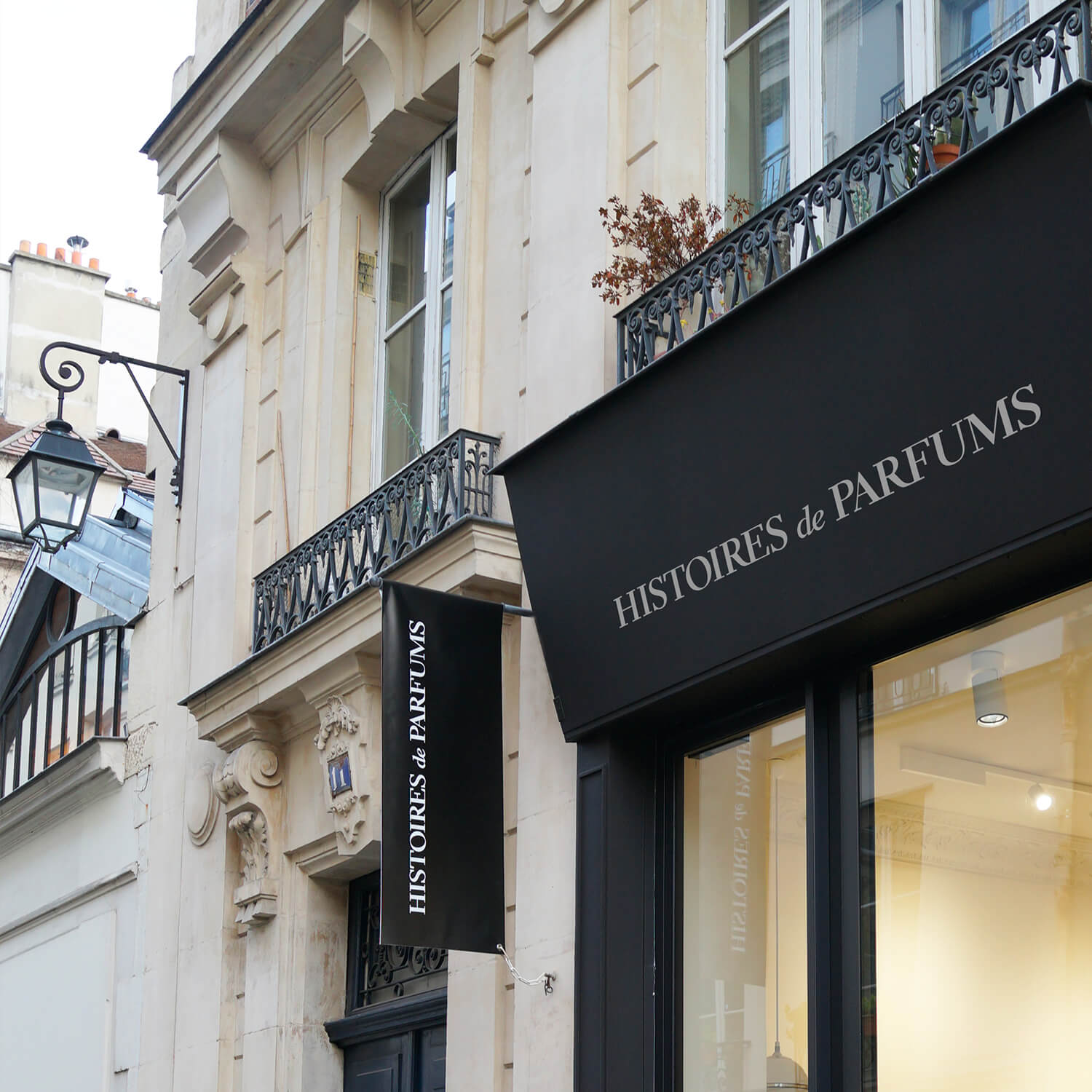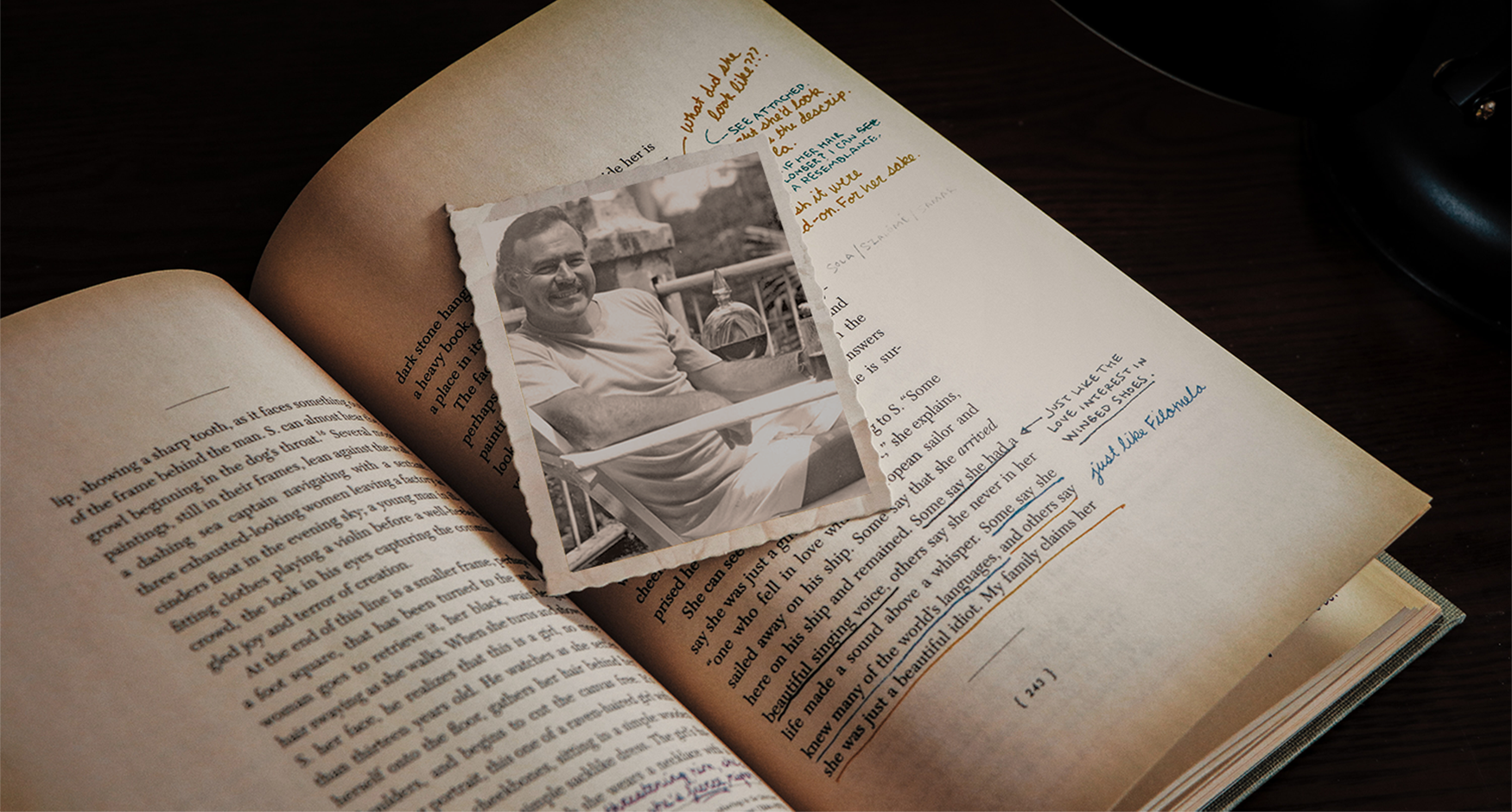You know it's a famous and iconic institution in Paris when it was the first building in Paris to get electricity in the 1800s! The Moulin Rouge, with a backyard that was once home to a huge (faux) elephant, has a name that may have been inspired by a gory event in Montmartre history. It also is home to the CanCan which is in the Guiness Book of Records.
And it finally reopens after the pandemic!

600,000 spectators and 240,000 bottles of champagne per year, 1,000 costumes, 850 seats, 800 pairs of shoes, 455 employees, 7 world records,
and 1 perfume: the Moulin Rouge is undoubtedly the most iconic cabaret in Paris. On the occasion of its reopening after the pandemic, we will take you through a retrospective of its spectacular history.

On October 6, 1889, Charles Zidler and Joseph Oller opened the Moulin Rouge at the bottom of the Butte Montmartre. Its spectacular decor reflected their ambition to make it one of the most popular and cosmopolitan places in Paris. In addition to the cabaret and its gigantic auditorium, the Moulin Rouge had a fair, a café and a garden where sat a monumental plaster elephant, relic of the World Exhibition, which served as a dressing room for the showgirls and housed a tiny club where viewers could attend a belly-dancing performance.
A year after its inauguration, the Moulin Rouge was so successful that the future Edward VII visited it. While he was sitting at a table, the headliner known as La Goulue recognized him and said, between two steps of French Cancan: "Hey, Wales! You’re paying for the champagne! Are you paying or is it your mum who will? Thanks to her panache and luscious physique, she became the best paid dancer in Paris, the headliner of the Moulin Rouge and the incarnation of the French Cancan which, although invented in Great Britain, has become the trademark of the cabaret.
 Henri de Toulouse-Lautrec, At the Moulin Rouge, The Dance, 1890, oil on canvas, Philadelphia Museum of Art
Henri de Toulouse-Lautrec, At the Moulin Rouge, The Dance, 1890, oil on canvas, Philadelphia Museum of Art
From Paris and the whole of Europe, people flocked to see "gold and women's legs" in a carefree and relaxed atmosphere where laughter and pleasure always went together. Located at the limit of Pigalle and Montmartre, which was then a peaceful artists' den, the Moulin Rouge is a cabaret like no other.
In the subdued light of its shows, the social lines blurred, the bourgeois got wild and for the first time in the history of the puritanical 19th century, Women had the front stage. It is important to realise the change embodied by the Moulin Rouge.
Until then, women only existed as subjects of paintings or sculptures, and always dressed up to the neck. Under the effect of a stifling Christian morality, women’s bodies were hidden under gloves, veils and underskirts... which the dancers of the Moulin Rouge have fun lifting up. More than just a reflection of the dazzling optimism of the Belle Époque, the Moulin Rouge embodies the French panache which, a century earlier, blew a wind of freedom across Europe.
 Henri de Toulouse-Lautrec, The Salon de la Rue des Moulins, 1894, oil on canvas, Musée Toulouse-Lautrec
Henri de Toulouse-Lautrec, The Salon de la Rue des Moulins, 1894, oil on canvas, Musée Toulouse-Lautrec
In 1903, the Moulin Rouge began its transformation. It abandoned the café-concerts and the popular balls given in the garden to devote itself entirely to shows and operettas that were raging at the time: "Voluptata", "La Feuille de Vigne", "le Rêve d'Egypte" and other plays followed one another in an insolent and uninhibited atmosphere, to the point that Colette exchanged a kiss with her mistress…on stage. In 1907 Mistinguett arrives at the Moulin Rouge but barely has time to make her mark when a fire destroys it in 1915.
It was only rebuilt in 1922, after the end of the First World War. The Moulin-Rouge reinvented itself under the leadership of its new director, who brought in the greatest artists of the time: Raphaël Beretta for the music, Gina Palerme, Jeanne Aubert and Maurice Chevallier on stage, Gesmar for the decoration, Jacques-Charles for the staging and above all Mistinguett. Thanks to this duo, the cabaret regained a more glorious image than in its early days and gave birth to such mythical revues and songs -La Revue Mistinguett, Ça, c'est Paris, Il m'a vue nue, On m'suit - that the new director of the Moulin Rouge entrusted them with the artistic direction.

In 1929, Mistinguett retired from the stage and the Moulin Rouge, faithful to its ideal of freedom, hosted the European premiere of Lew Leslie's Blackbirds, an American revue with a hundred of African-American dancers led by the famous Florence Winfrey. In the decades that followed, dozens of world-famous artists performed on its stages: Edith Piaf in 1944, Bill Crosby and Josephine Baker in 1953, the "Doriss Girls" in 1957, as well as Luis Mariano, Charles Trenet, Charles Aznavour and Line Renaud.
In 1962, the Moulin Rouge expands, installs an aquarium and creates the first aquatic revues. Following the dazzling and monumental success of the revue called "Frou Frou", a tradition was established, to name every revue with a word starting with the letter "f". “Frisson", "Fascination", "Fantastic", "Festival", "Follement", "Frénésie", "Femmes, femmes, femmes", "Formidable" and "Féerie" followed in a frenzied rhythm, crowned by a plethora of celebrities. In 1979, Thierry Le Luron, Dalida, Charles Aznavour, Jean-Claude Brialy, George Chakiris, the Village People and Zizi Jeanmaire gathered on stage for the 90th anniversary of the cabaret, representing its universal scope, regardless of origin, colour, gender or sexuality.
 Henri de Toulouse-Lautrec, La Goulue Arriving at the Moulin Rouge with Two Women, 1892, oil on board, The Museum of Modern Art
Henri de Toulouse-Lautrec, La Goulue Arriving at the Moulin Rouge with Two Women, 1892, oil on board, The Museum of Modern Art
A palace of women and a party temple, it became the most sought-after Parisian night experience, so much so that on 23 November 1981, the Moulin Rouge played its revue behind closed doors... in front of Queen Elizabeth II. Other members of the royal family would later flock to the Moulin Rouge, in Paris or London, for exceptional performances: Princess Anne, Prince Edward, Prince Charles and Lady Diana in 1989.
That same year, to celebrate its centenary, the cabaret organized a gala presided over by the greatest talents of the international scene: Lauren Bacall, Ray Charles, Tony Curtis, Ella Fitzgerald, the Gipsy Kings, Margaux Hemingway, Barbara Hendricks, Dorothy Lamour and Jerry Lewis. Later, the mythical American diva Jessye Norman will perform a private concert alongside the Frenchman Charles Aznavour. After eleven years of shows and 4.5 million spectators, the "Formidable" revue ended and opened "Féérie", which is still being performed today.

In 2010, the Moulin Rouge asked Histoires de Parfums to sum up in scents this colorful history, this gleaming atmosphere, these spectacular reviews and this spirit of freedom that has guided its creations for over a hundred years, leading to the birth of 1889, Moulin Rouge.
The scent has main notes of Tangerine, Absinthe, Iris Heart. Spicy Cinnamon warmly mixes with Sugar and melts into Absinthe, while Rose of Damascus releases her sensuality, playfully seducing each spectator with her allure. As a symbol of the show, the middle notes are a mirror to the backstage. The smell of Iris Powder and Lipstick float on a cloud of Musk and Patchouli. The memory and scent of this unforgettable night lingers through the morning, much after the show has ended.
Moulin Rouge® is a registered trademark of Moulin Rouge
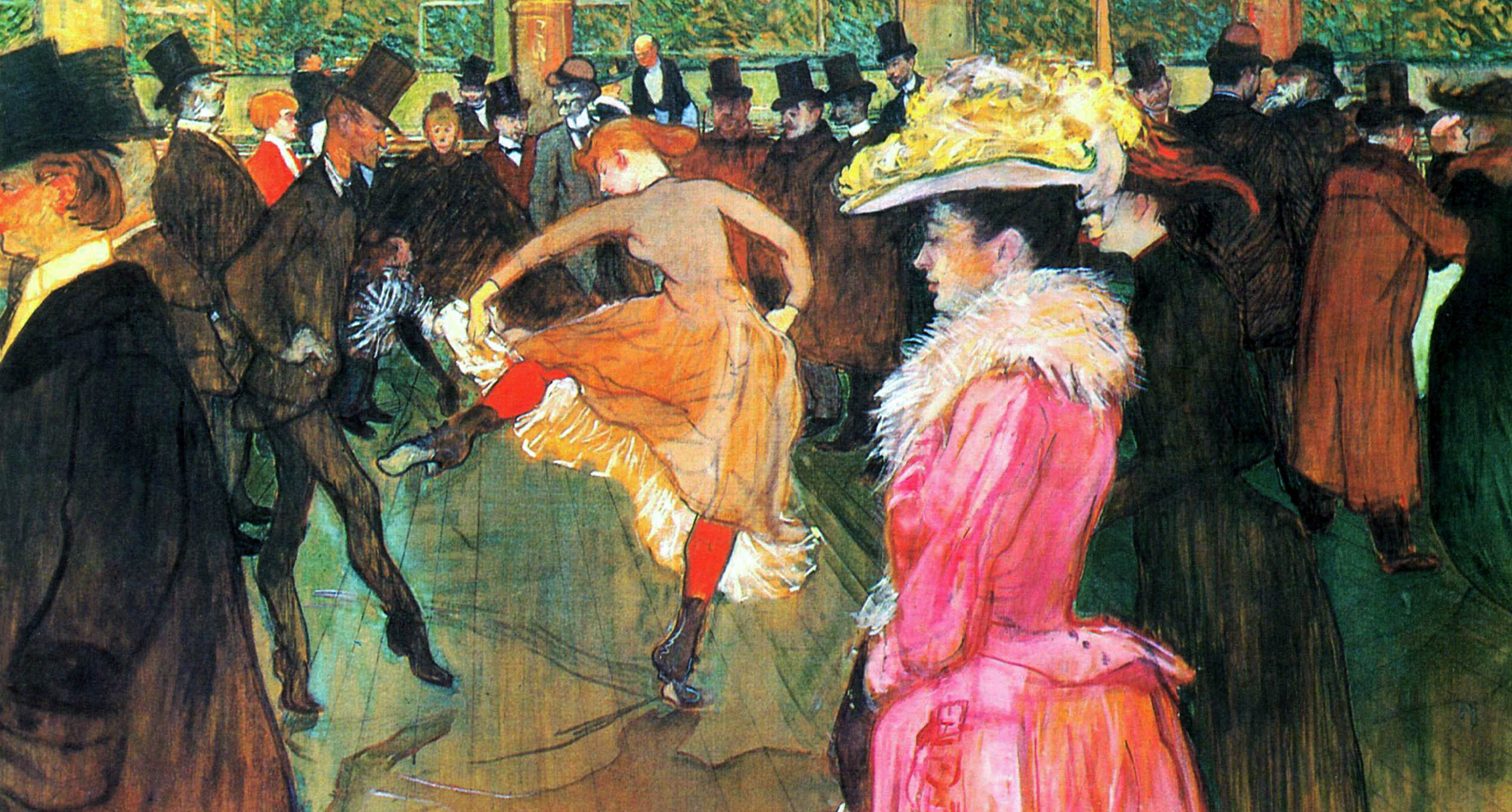

 Henri de Toulouse-Lautrec, At the Moulin Rouge, The Dance, 1890, oil on canvas, Philadelphia Museum of Art
Henri de Toulouse-Lautrec, At the Moulin Rouge, The Dance, 1890, oil on canvas, Philadelphia Museum of Art
 Henri de Toulouse-Lautrec, The Salon de la Rue des Moulins, 1894, oil on canvas, Musée Toulouse-Lautrec
Henri de Toulouse-Lautrec, The Salon de la Rue des Moulins, 1894, oil on canvas, Musée Toulouse-Lautrec

 Henri de Toulouse-Lautrec, La Goulue Arriving at the Moulin Rouge with Two Women, 1892, oil on board, The Museum of Modern Art
Henri de Toulouse-Lautrec, La Goulue Arriving at the Moulin Rouge with Two Women, 1892, oil on board, The Museum of Modern Art


